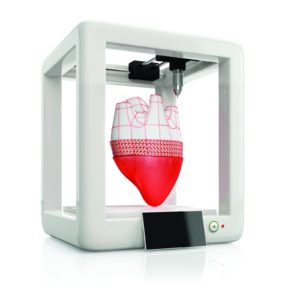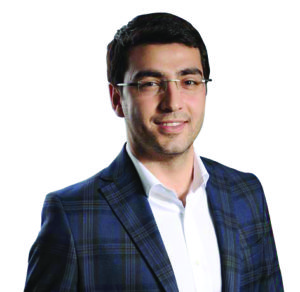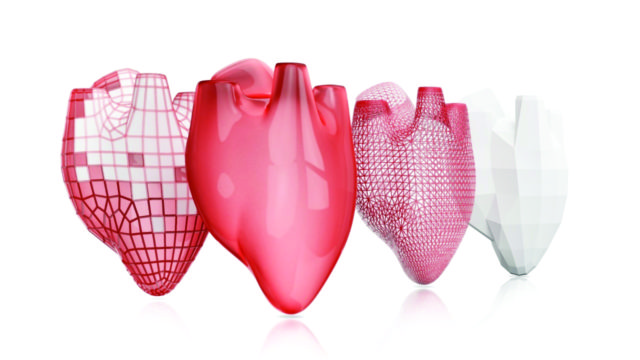Everything starts with a dream and succeed to the extent that you can evaluate imagination with the current conditions and possibilities. And every step taken with determination by pushing the possibilities to reach the dream is a door to change and build the future.

Our dream in medicine is to replace a limb that has been damaged or lost function with a new piece that can substitute it, like a spare part of a car. While we try to reach this dream with 3D bioprinters, additionally we of course use also 3D printers in medical education, surgical guides and assistants, prostheses, hearing aids, dentures and many other beneficial things.
The basic philosophy of 3D printing is based on the fact that a whole is formed in layers. The 3D printer says, “if I can print all layers and combine them neatly, I’ll get the same of the whole”. If we hear that voice and combine it with our imagination and medical knowledge, it will not be hard to think about the diversity and limitlessness of what we can do with the 3D printer in medicine.

Think about a nose cancer patient, lost nearly half of his face. This is aesthetic, medical and social problem. You can make 3D printed special prostheses for this patient. The result will be like magic. Surgical applications of 3D printing are evolving rapidly from the production of models for surgical planning to biological active implants for craniofacial reconstruction. 3D printing is also being widely used in the manufacture of hearing aids and in dentistry as molds for implantable material or prostheses.
And make empathy with a surgeon has any specialization. Every patient of them has not same anatomy, different disease and sure need different type and method of surgery. Especially in complex cases if surgeon can see 3D printed surgical guide that prepared from the DICOM data of the patient, success rate and self confidence of surgeon will increase, time of operation and stress of surgeon will decrease. It is possible to get 3D print from CT, MRI and ultrasound data specifically. This print outs can be used not only pre-operatively, intraoperative surgical instruments can be created. By this way we can shorten operation time, get less risk, reduce blood loss, tissue damage, need for anesthesia, hospitalization period.

We can use 3D printed materials for trainee education, simulation labs and for patient education, informed consent. Casts are finally getting a modern spin with 3-D-printing; casts boast an open-lattice plastic design that’s customized to the individual patient. A pregnant may see the ultrasound image of her baby, can hear the sound of the heart and now can get 3D printed shape of little baby, so cute.
The use of 3D printers in medicine depends on what we need, what we want to do and our medical knowledge. And like all other use areas the thing we can do is limitless with our imagination. That is “3D Medicine”
 Nihat Buğra Ağaoğlu MD, PhD
Nihat Buğra Ağaoğlu MD, PhD
Consultant at Ministery of Health in Turkey





